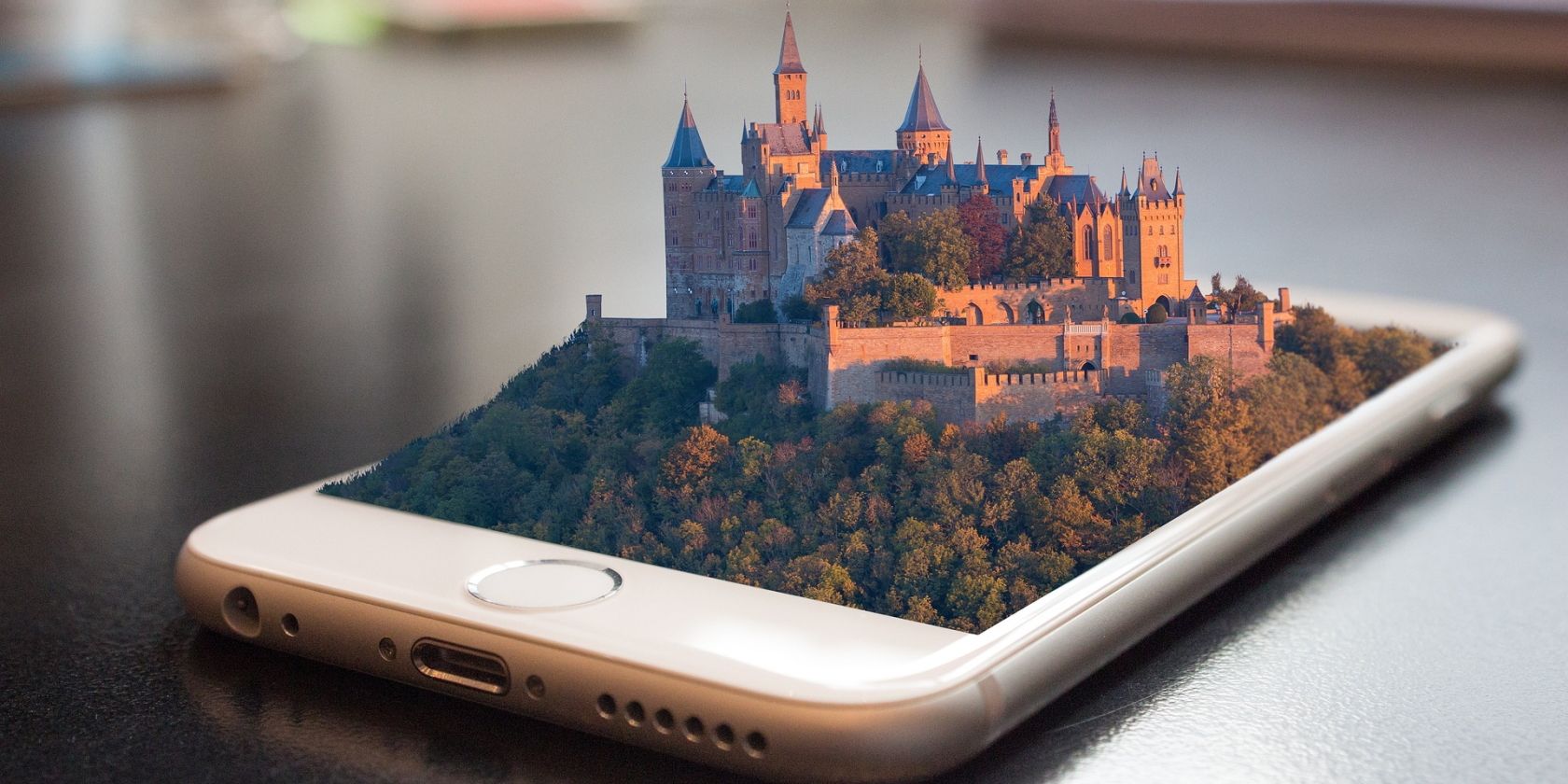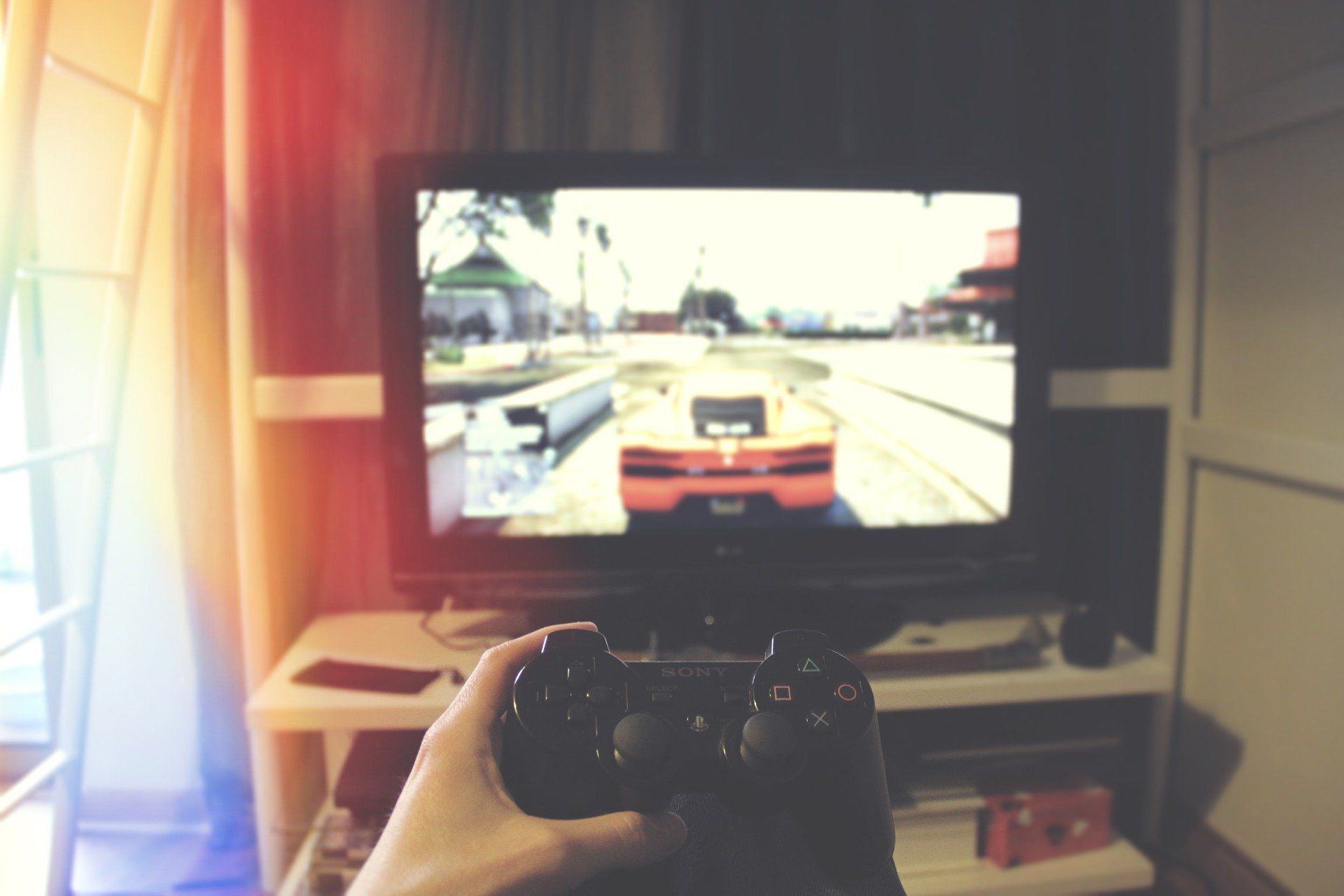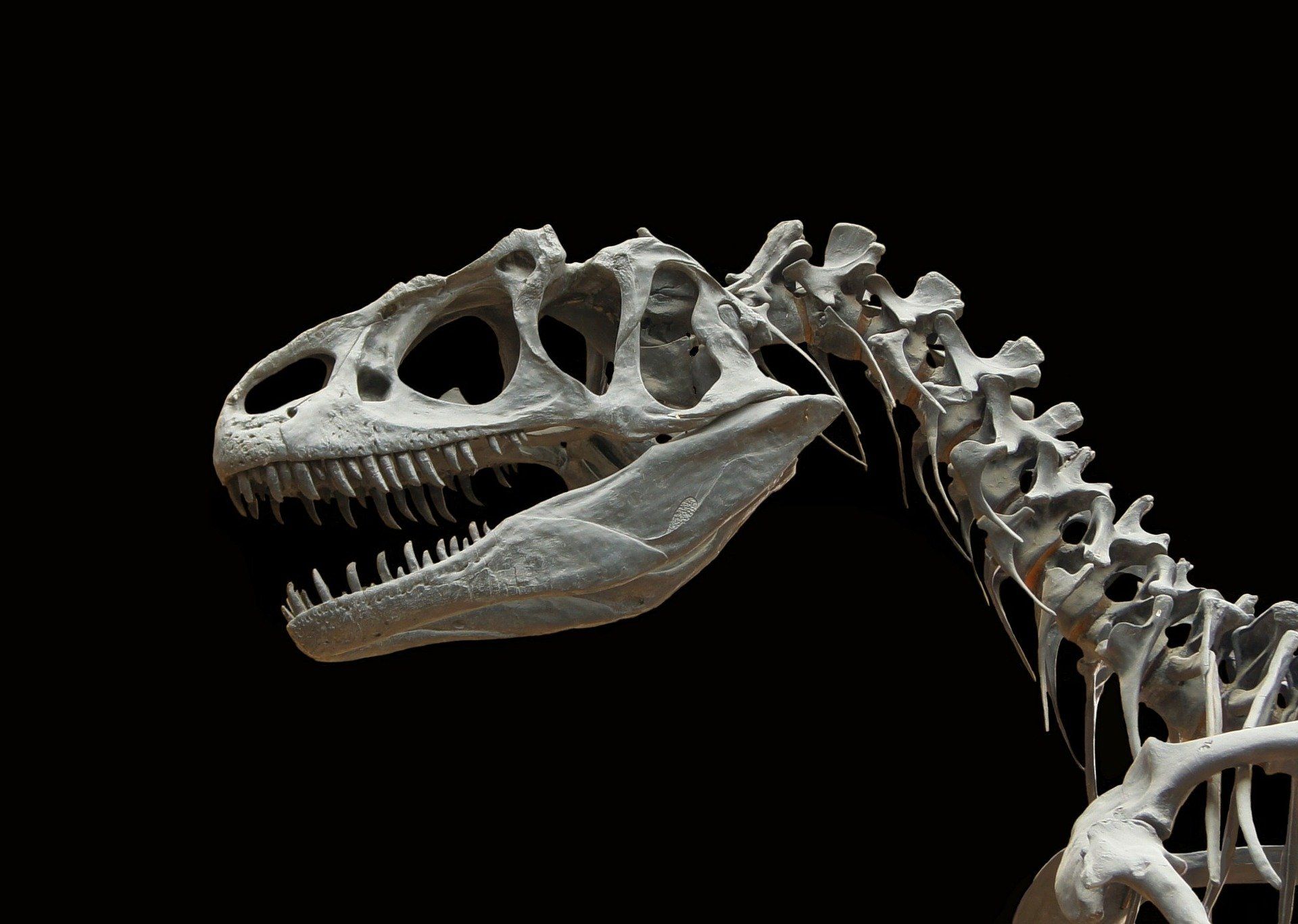3D modeling combines creative and technical work in a unique way. Today, it's widely used in many areas, and is one of the most important skills in fields like game development and animation.
The market for competent 3D artists is huge and keeps growing. And with the current state of home hardware, it's an accessible option that almost anyone can pick up.
With that in mind, what is 3D modeling actually used for? Most of us are aware of its popular applications in entertainment, but it goes far beyond that. Let's take a look at several ways 3D modeling is making an impact.
1. Game Development
Modern games rely heavily on 3D art. While 2D titles still exist and are released on a regular basis, many gamers invest hundreds—even thousands—into their gaming computers, and they want to see some results from that.
3D modeling in game development usually revolves around specific constraints. Artists must know how to create the shapes they're going for, all while keeping the use of actual geometry to a minimum.
This is an area where technical skills shine as much as creative aptitude. Artists working in game development need to understand the limits of the hardware they're producing for, as well as how to work within suitable budgets. This is a much different use case from, say, someone creating models for static image renders, where compromises with optimization are much more acceptable.
2. Animation
Pixar has shown us multiple times how amazing 3D art can look when implemented by a team of professional animators. Pixar's work, even its older movies like the first Toy Story, remain staples in the history of cinema.
Today, 3D modeling is sometimes used in a mix with traditional cinematic techniques. Many films take active advantage of the capabilities of modern 3D applications, often to fill in the gaps left by traditional effects.
3D animation also has various applications outside of major cinematic productions. It's a great tool for visualizing complex movements, creating guiding animations, and more. It can also be used to produce works that seem like 2D cartoons, but are in fact heavily driven by 3D behind the scenes.
Many fans of cartoons like South Park, Archer, and Futurama may not even realize that their producers rely on 3D modeling software for composing their scenes and moving characters around.
3. Architectural Visualizations
3D modeling is used extensively for visualizing architectural designs. It offers many advantages over traditional methods, and is becoming the preferred medium for the sector.
For example, 3D models can be made in a modular manner, reusing components from different builds in a mix-and-match manner. It's also very simple to change properties like textures, lighting, and materials used on different objects on the fly. This can allow architects to present their work from as many different perspectives as possible.
There are some specialized tools used in this field, though traditional 3D modeling software like Blender and 3D Studio Max can also work here. Modern versions of those suites even support working with realistic dimensions.
4. 3D Printing
3D printing has taken the world by storm, moving out of the realm of large shops with expensive 3D printing equipment, and towards individual users in home environments.
And with that, the tools used to produce the models for printing have also evolved to be more user-friendly. Modeling for 3D printing purposes often requires the use of specialized software, as the models need to be translated in certain ways in order to work with 3D printers.
The combination of affordable printers and easy-to-use software for creating 3D models has led to an explosion in this market. Many people have started to realize the huge potential in this field, including the possibility to print items for home repairs and maintenance. This market will likely continue to see rapid growth in the future.
5. Reconstruction
Archeologists and other professionals who frequently work with objects that have been damaged or partially destroyed are also active adopters of 3D technology. 3D modeling has been successfully used to reconstruct models of ancient figures and artifacts, and can sometimes be combined with 3D printing techniques to bring those works to life.
It's a complex field that requires intricate knowledge of antique methods, and not just aptitude in 3D modeling itself. But it's also highly lucrative and sought after, and those with the right set of skills typically stand to gain a lot from exploring this area.
6. Physics Simulations
Modern 3D modeling suites often come with advanced physics engines capable of simulating complex situations, even on relatively underpowered hardware. This has been used for various purposes, and continues to be actively explored from many sides. Some examples include:
- Car crash simulations
- Aerodynamics visualizations
- Fluid and gas flow
- Fire spreading simulations
3D software allows us to preview the results of different scenarios without having to simulate them in real life, which has resulted in significant savings in many industries. We've reached the point where even hobbyists at home can produce complex works with minimal interaction, which has driven up interest in the field even more.
As we continue to explore the possibilities when combining 3D modeling and simulations, the hardware we're using also keeps getting better. With that in mind, the future should prove quite interesting for those following the field.
Get to Know 3D Modeling
Many people associate 3D modeling exclusively with gaming and other forms of entertainment. But it goes far beyond that. It's a powerful tool that's still being explored in many ways, and we're still discovering new ways to harness its power.
It's not hard to get started with it either. So if you have any interest in finding out how 3D modeling works, you have plenty of opportunities available in front of you already!





